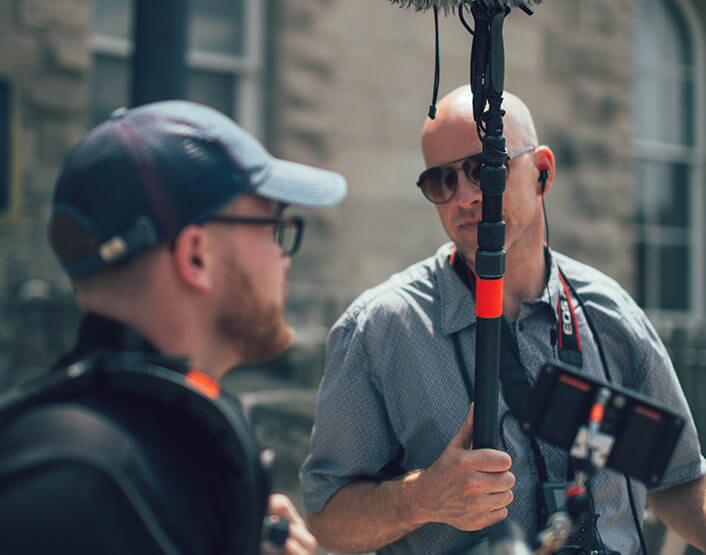The digital world has changed the name of the game for every industry, e-Learning included. Today, no e-Learning program can survive without the use of Lakeland video production to provide meaningful discussions about complex concepts, hypotheses, and theories. Never before has e-Learning been more fun and informative than when it has fully embraced the idea of using videos on its platforms.
Engaging and Insightful
When students watch videos, they are effectively using two of their senses: sight and hearing. The learner is engaged in multi-sensory learning and as such, will be able to grasp the concept better.
Since the students have more cognitive connections to the lessons, they will have a better understanding of the theories and concepts being taught. This develops crucial problem-solving skills that will do them well in the future.
Demonstration-friendly
Complicated concepts become easier to understand with the use of videos. Because videos allow for the teachers to demonstrate how an idea or theory works, students can better understand the importance and application of such concepts.
Videos are best used in teaching languages because the students need to hear the intonation and pronunciation of each word.
Attention
Learners are more attentive when they watch videos rather than when they read books. This is the digital age, after all.
Students are more likely to watch videos even if it’s about their lessons. People are naturally visual creatures. They are more attentive to videos than they are to text.
Accessibility
Videos are accessible across multiple devices—smartphones, laptops, personal computers, and tablets. Depending on the size of the video and the speed of the internet connection, students can watch and learn from videos no matter where they are in the world.
That allows people from the US to teach English to Koreans. Homeschooled kids may also benefit from the use of videos because their teachers can prepare a Lakeland video production that the kids can watch when they travel with their families.
Simulations
If the students need to train on a certain process, videos will help simulations come to life. What good would imagination be in the concept of learning how to code, for example?
Videos will help facilitate the learning of the students because it is interactive and it allows for more engagement. Simulations will work better because students are more focused and teachers can demonstrate how a process works.
When Lakeland video production is strategically used for e-Learning, the possibilities are endless.






